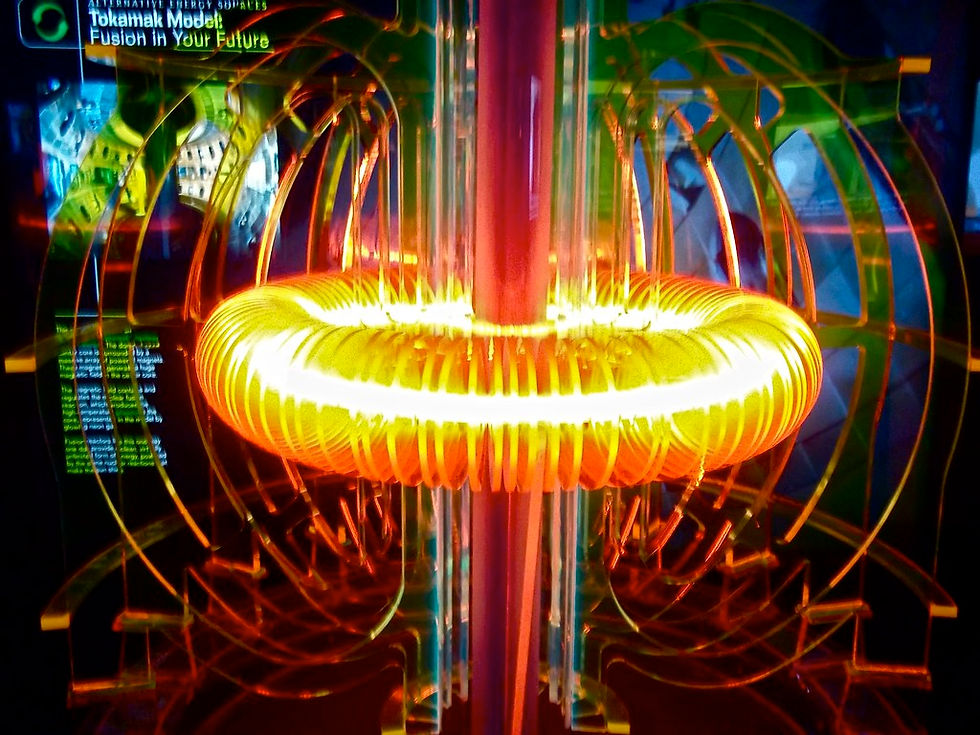How does a Fission Reactor work?
- Lucas Sebastian Maderna

- Apr 22, 2022
- 1 min read
Updated: May 5, 2022
The most common type of fission reactor is the pressurized water reactor (PWR), which is the one I'm going to talk about here.
The pressurized water reactor was invented in 1970 by Nikolay Dollezhal, a mechanical engineer and one of the key figures in the Soviet atomic bomb project.
When a fission reaction occurs in the core of the reactor, this creates heat and then the pressurized water in the primary coolant loop brings the heat to the steam generator where the heat evaporates the water in a secondary loop. The steam that is created thanks to this process is directed to the main turbine, causing it to turn a turbine generator and produce electricity. Any unused steam is condensed back to water which gets pumped back to the steam generator, to maximize the energy produced.
Although the PWR reactor was invented quite some time ago, it is still an efficient reactor, being still used today in nuclear reactors. To better visualise the mechanism use this diagram below.
Information and diagram provided by www.NRC.gov

"Typical Pressurized-Water Reactor" by NRCgov is marked with CC BY-NC-SA 2.0.



Great work Lucas. I see you have put in a huge amount of work on this project. It was very interesting and I have learnt something. Well done
Thanks Lucas, learning something new here. Even though it’s an aging reactor interesting it’s still in use today